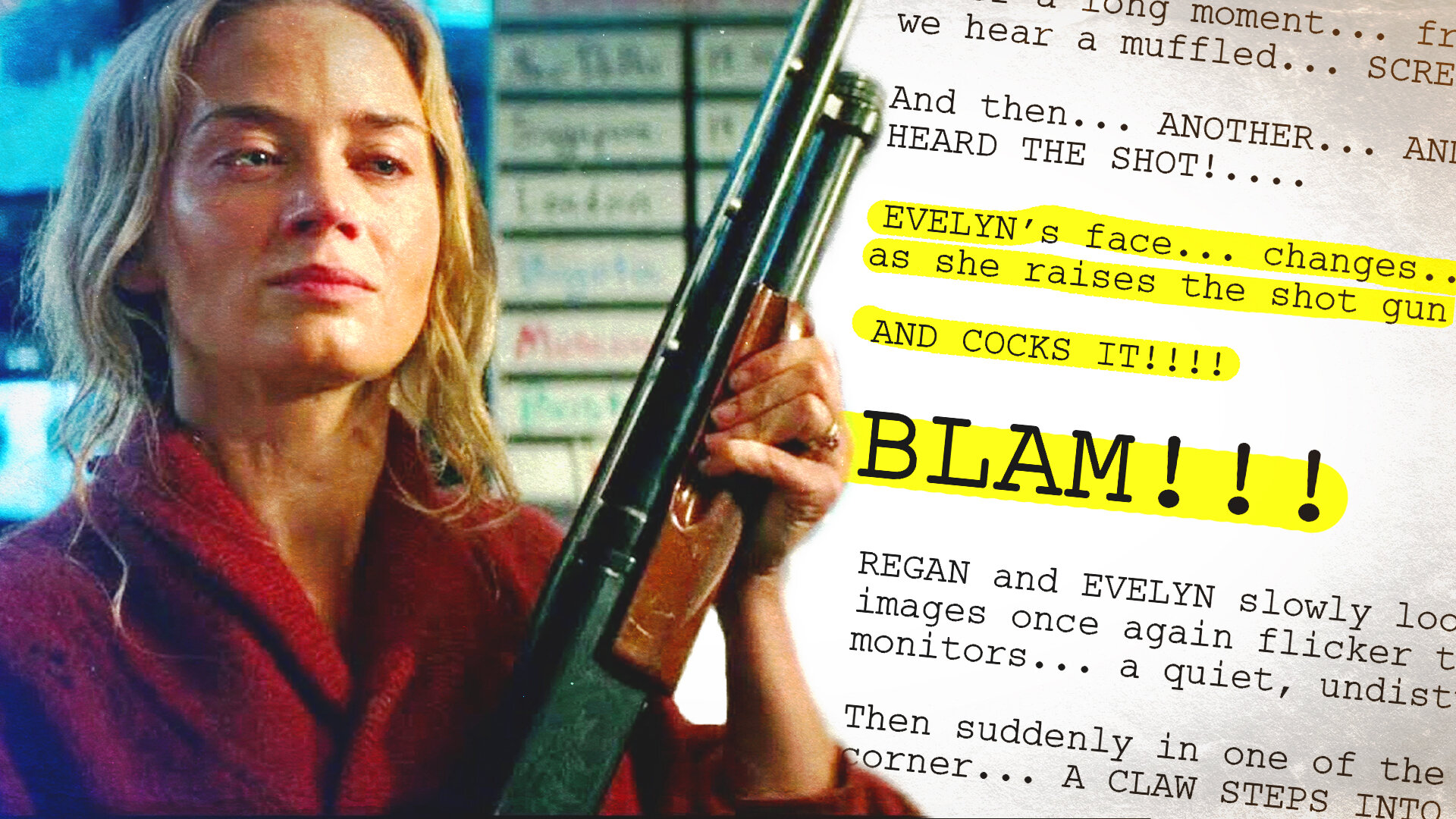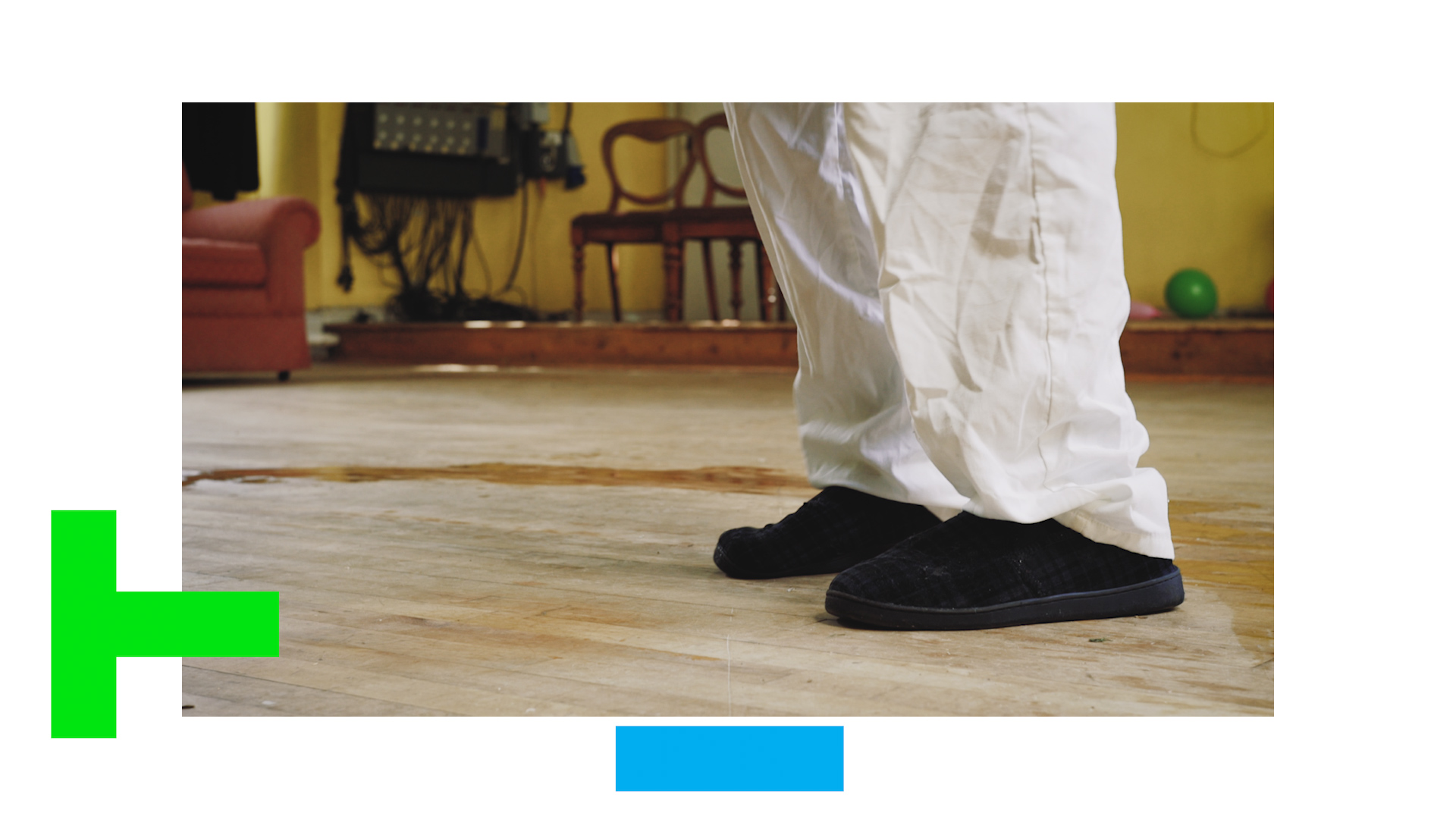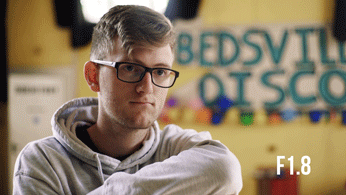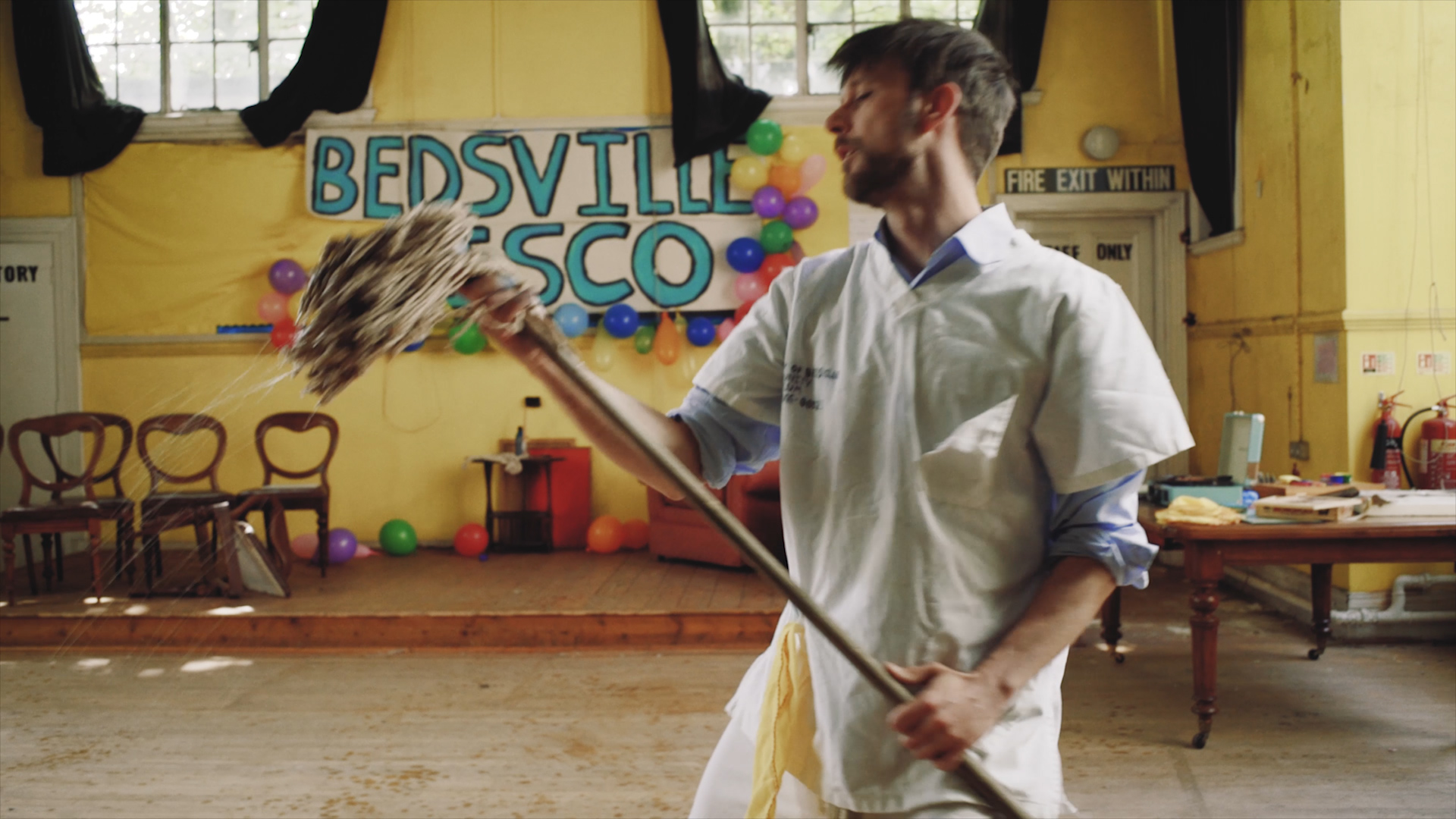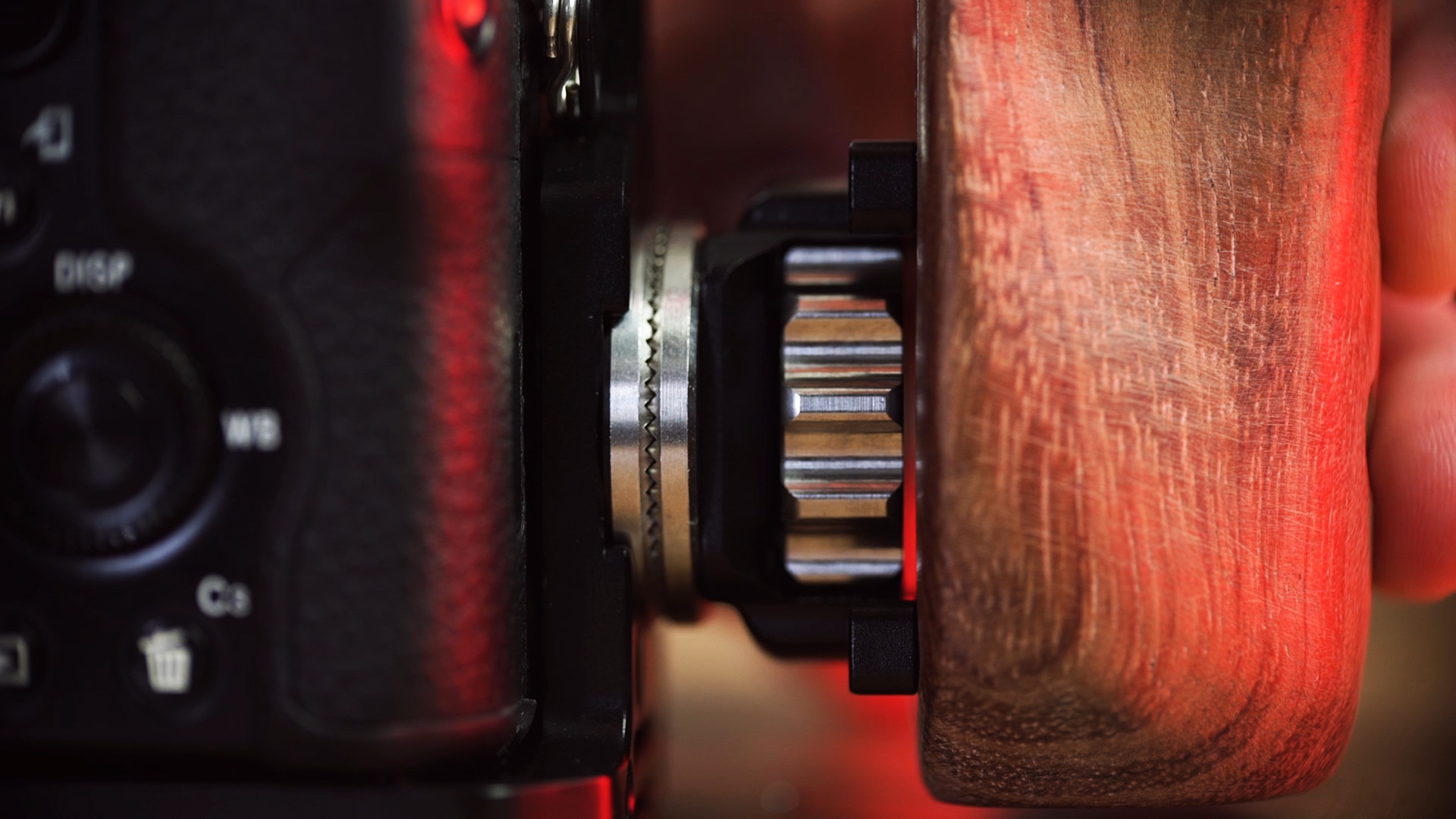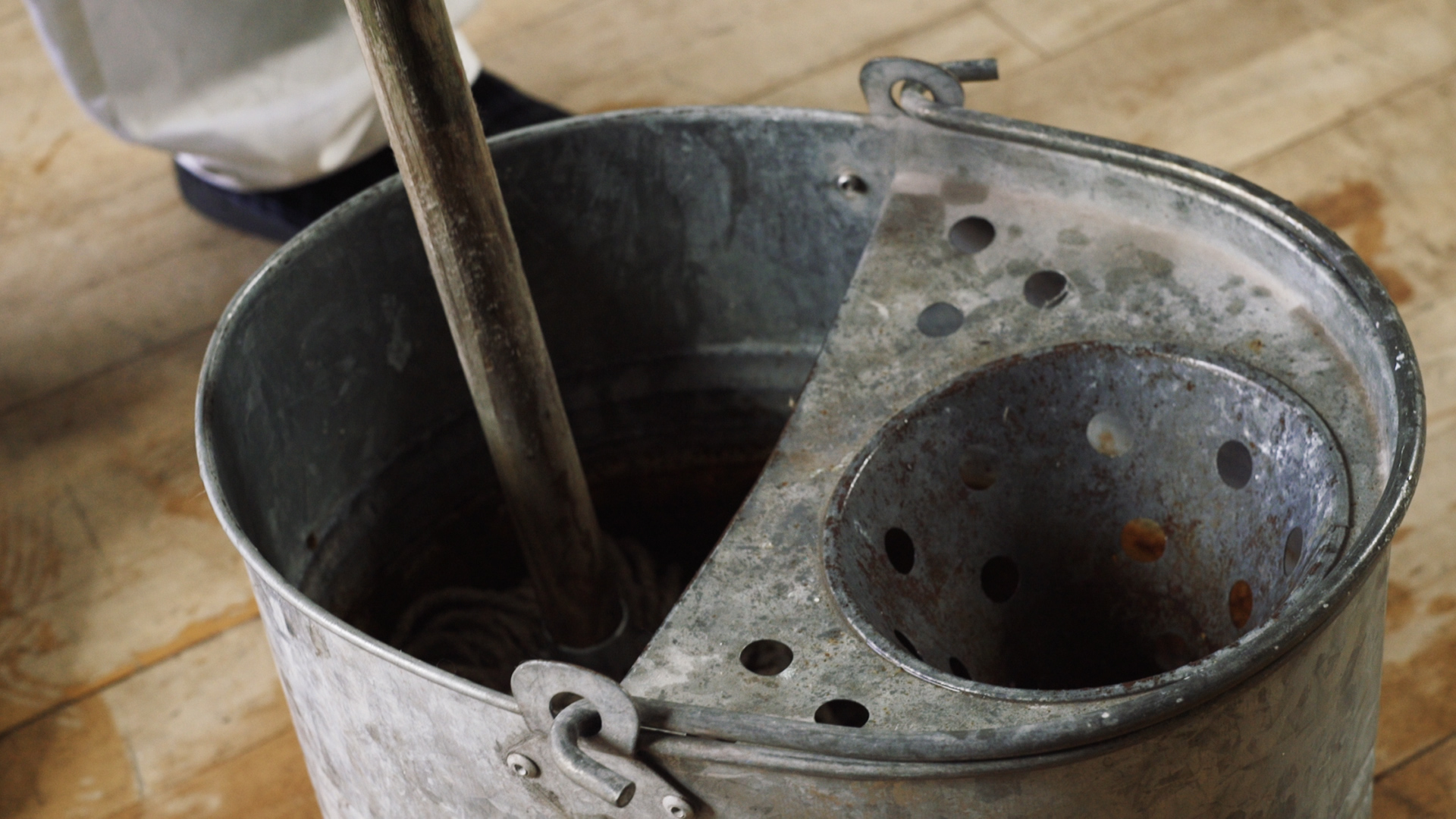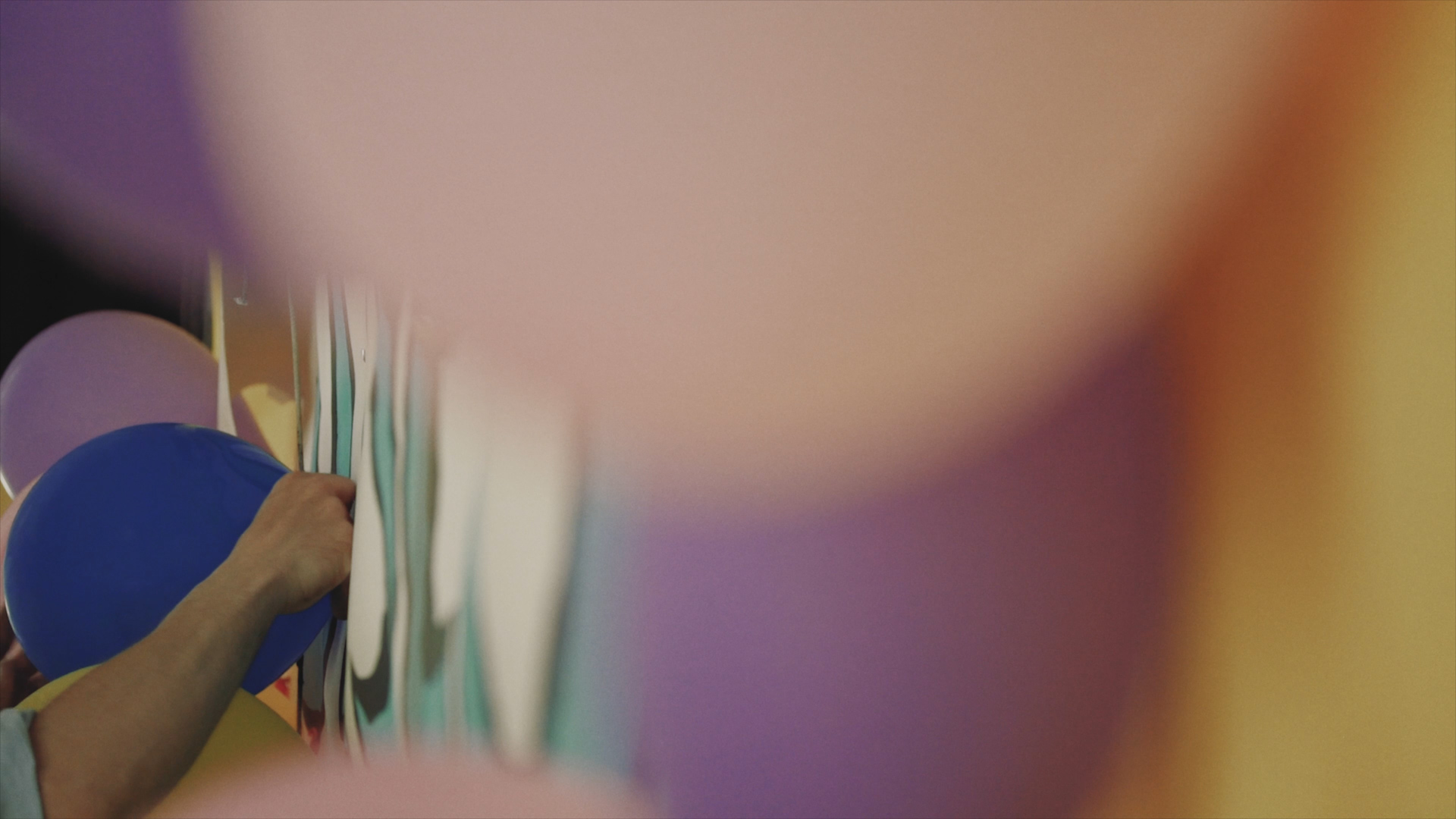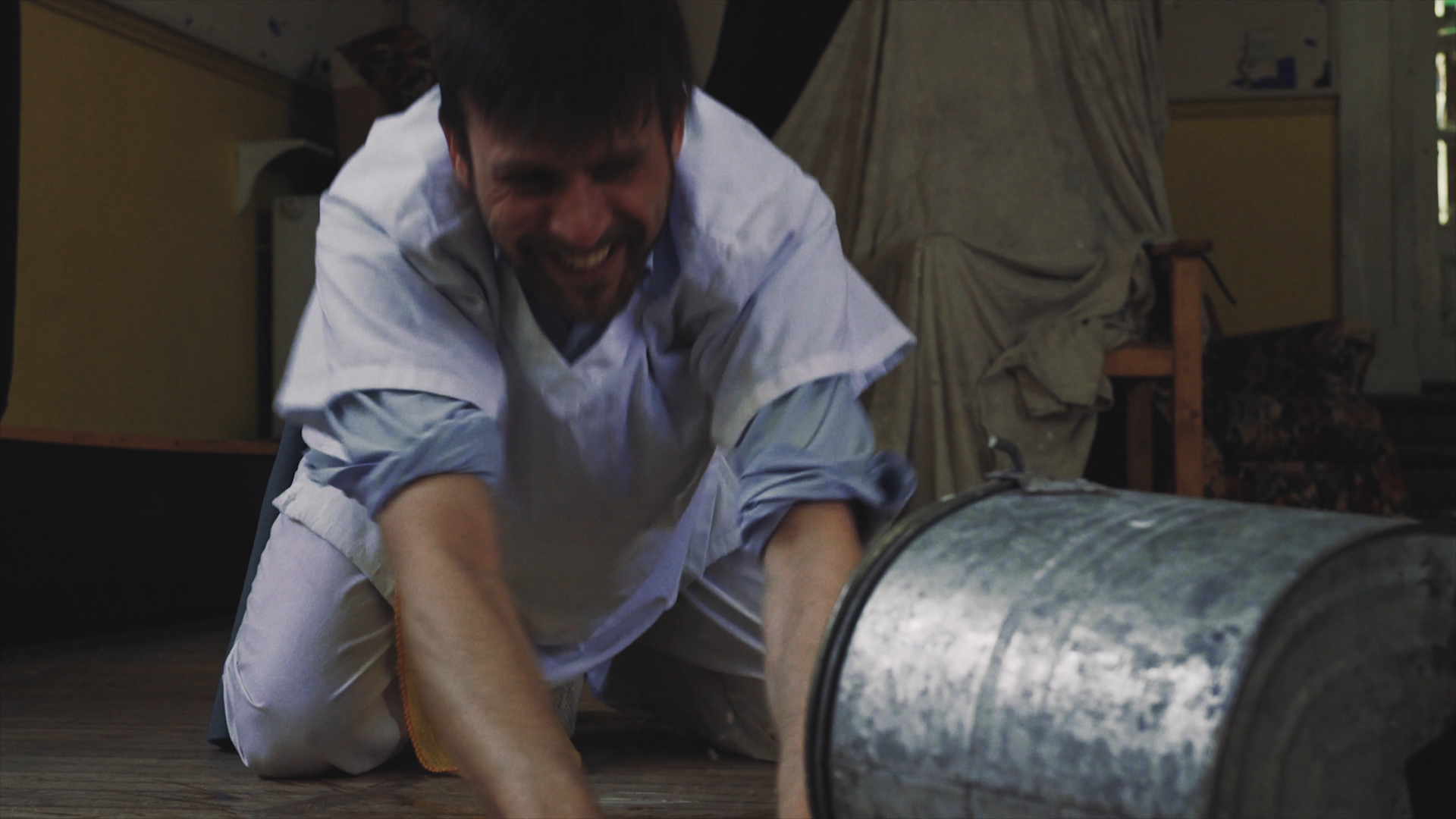It doesn’t matter if you are shooting on the sharpest camera and lens, if your shot is not in focus, it’s not going to look very good.
Shooting retakes because of inconsistent focusing will cost you time which you should be putting to better use.
There are 3 tools, at different prices, which you can buy to help keep your shots in focus, and they all have different levels of accuracy when focusing.
90% of the time we focus by rotating the barrel of the lens with our fingers, and 90% of the time this works just fine.
If you are shooting a film where your actor is moving from position 1, to 2, back to 1, then to position 3, keeping the movement and focus consistent will be very difficult to pull off.
To help add a little more accuracy when focusing, you can add tape to your lens which represent the different focus marks you need to hit. This will dramatically improve your accuracy and is a great budget option.
The only problem is you will have to stick tape to your lens, replace it after every shot, and because your fingers are touching the lens, you will be restricting the movement of the camera and may cause micro jitters from your fingers.
The next option is to buy a follow focus that mounts onto 15mm rods. You can set and easily wipe off the focus marks, it gets your hands away from the lens, and it makes it easier for someone else to operate.
A follow focus will certainly improve your focus accuracy over the tape method.
When it comes to shots which have a lot of movement such as handheld shots, and shots using steadicams and gimbles, a wireless follow focus is preferred as the weight needs to be perfectly balanced, and someone holding onto the follow focus may throw off the balance.
PD Movie sent over their Remote Air 3 Wireless follow focus to review, but before we reviewed it, we used it to shoot our short film The Asylum Groove. We used it for shots which were static on a tripod, handheld and steadicam shots, and also shots on a slider.
There are two main advantages we found when using the wireless follow focus.
Firstly, it helps to improve the accuracy and consistency of your focus as there is someone whose sole job it is to set marks and pull focus.
This person will be the 1st AC, and if they nail focus on every take, it’s going to save a lot of time on set.
The technical side of shooting will be accurate and consistent, meaning fewer re-takes caused by technical issues, such as over-shooting focus in a shot.
This follow focus system comes in two parts. First, you have the focus motor which attaches to 19mm or 15mm rails. In our case, we attached it to our 15mm rail setup.
Depending on your lens, it may or may not come with gear rings. Our’s don’t, so we attach gear rings to the lens so we can line up the Remote Air 3 Motor with the lens.
The focus motor is then powered via a d-tap connection which you can find on a v-lock battery.
We have a video coming out on Sunday about the alternative d-tap power source we used, so if you haven't already, consider subscribing to find out about it.
Next you can attach the mini antenna to the motor which wirelessly connects to the second part of the follow focus, which is the controller that has an internal battery and can be charged via USB.
To connect the controller to the focus motor you must set them both to the same channel.
Then if you hold down the focus, zoom, and iris button for 3 seconds, it auto calibrates and finds the focus end points on your lens.
This means when you turn the focus wheel, it will turn the lens no further than infinity, and to whatever the minimum focus distance is on your lens.
Having this function makes it quick and easy to set up different lenses.
Next you can set the strength you want the motor to turn the focus wheel on the lens as every lens will require a different amount of torque.
This 50mm lens we have rotates by using very little pressure so it would require less torque to turn.
These vintage lenses require more pressure to turn so you can set the motor to a high torque.
You can put your focus marks on the focus rings on the controller which are rubber.
When you need to reset markers you can simply rub the dry wipe pen off, or replace it with the other focus ring that comes with it.
The motor and the controller are built really strong, and every cable and attachment is very high quality.
The controller is not too heavy but has a slight weight to it, and the modelling of the unit is slim and has lots of quarter threaded screw mounts so you can attach it to a light stand or to the lanyard that comes in the box.
The wheel rotation of the controller has a nice resistance to it when turning and again it feels very much like a premium product.
Like with everything, using a wireless follow focus will have a learning curve, and this is definitely something you have to get used to with the Remote Air 3.
The menus and UI can take a while to understand and you will definitely want to keep the manual close at first.
There are lots of indicator lights on the controller which mean different things depending on their colour.
The control unit status indicator lights have 4 different colours. Red means the unit is powered on.
Green means it is powered on and synced via bluetooth, which will only happen if you use the app, Blue means the unit is changing, and Cyan means the unit is synced via bluetooth and is being charged.
If you need to change the settings for focus, you need to use a combination of button presses. If you want to change the speed of the motor, you have to press the button on the bottom of the motor 5 times.
There is a little graphic on the motor which tells you how many presses you need to do, which is great because it saves you time looking in the manual.
When you want to enable the auto calibration function you have to hold down the focus, zoom and iris button for 3 seconds, which is a little bit awkward to do.
This is not a big problem and once you get familiar with how it works it will just become normal.
One thing we did have a problem with was the follow focus no longer responding during different setups.
We were unsure how the problem occurred, maybe a button was pressed and a setting change. This held up the shoot but we managed to get it working in a couple of minutes.
Becoming more familiar with the unit and the menus would help to solve this problem.
We only really use the wireless follow focus on bigger projects like making short films.
When you have someone whose sole job it is to keep focus throughout a whole film, it will help you save time as this technical side of filmmaking will have a higher level of accuracy.
Not everyone can afford a wireless follow focus like the PD Movie Remote Air 3, but it is definitely worth considering when you can. The timed saved vs the price you pay is something think about.
If using a wireless follow focus saves you an hour a day for example, that is an extra hour you have to improve other aspect of your image or do more takes to make the performance the best it can be.
That hour could also save you money in other areas of the production too.
If you are renting a location which requires you to pack up at a certain time, or a member of your cast needs to leave early, that hour you’ve got back could save you from having to rent the location again or getting the actor back for another day.
If you need to keep doing retakes because you kept over and under shooting focus, your actor may have delivered a better performance in one of the out-of-focus takes.
The three options we’ve spoke about to help keep focus all work, but have a different level of accuracy, so chose the one you need for your production.
Before we got the PD Movie Remote Air 3 we did not expect how much it would improve the quality of the final image, and how much time would be saved by using it.
If you’ve never used one, go and check out the PD Movie website.
They have lots of different wireless follow focus systems, and lots of information about how they can improve your production.
In this video we did say you need a 1st Assistant Camera to operate it, so if you like to know more about the role of the 1st AC let us know in the comments below and we’ll make a video about it.
If you want to help this channel grow give us a thumbs up or down if you don't, hit that orange lens cap to subscribe, and remember achieve it one shot at a time.
This video was Sponsored By
🎵 http://bit.ly/pbtfl-wildestdreams - Click here to download this episode's track. Check out Premiumbeat.com to discover a huge range of exclusive royalty free music!
DISCLAIMERS:
Some of these links are affiliate links, if you purchase gear via these links The Film Look will receive a small commission, but there will be no additional cost to you. Thank you!
